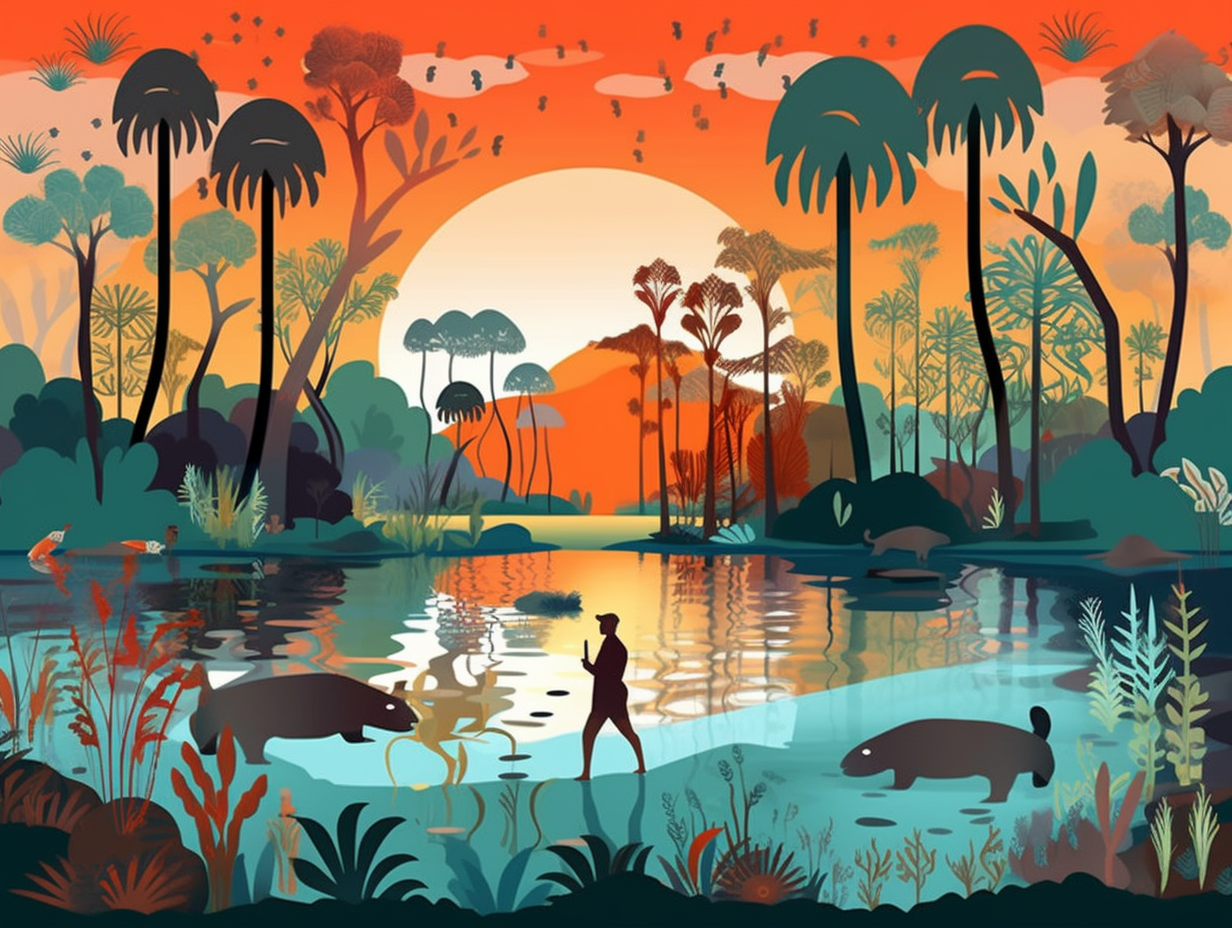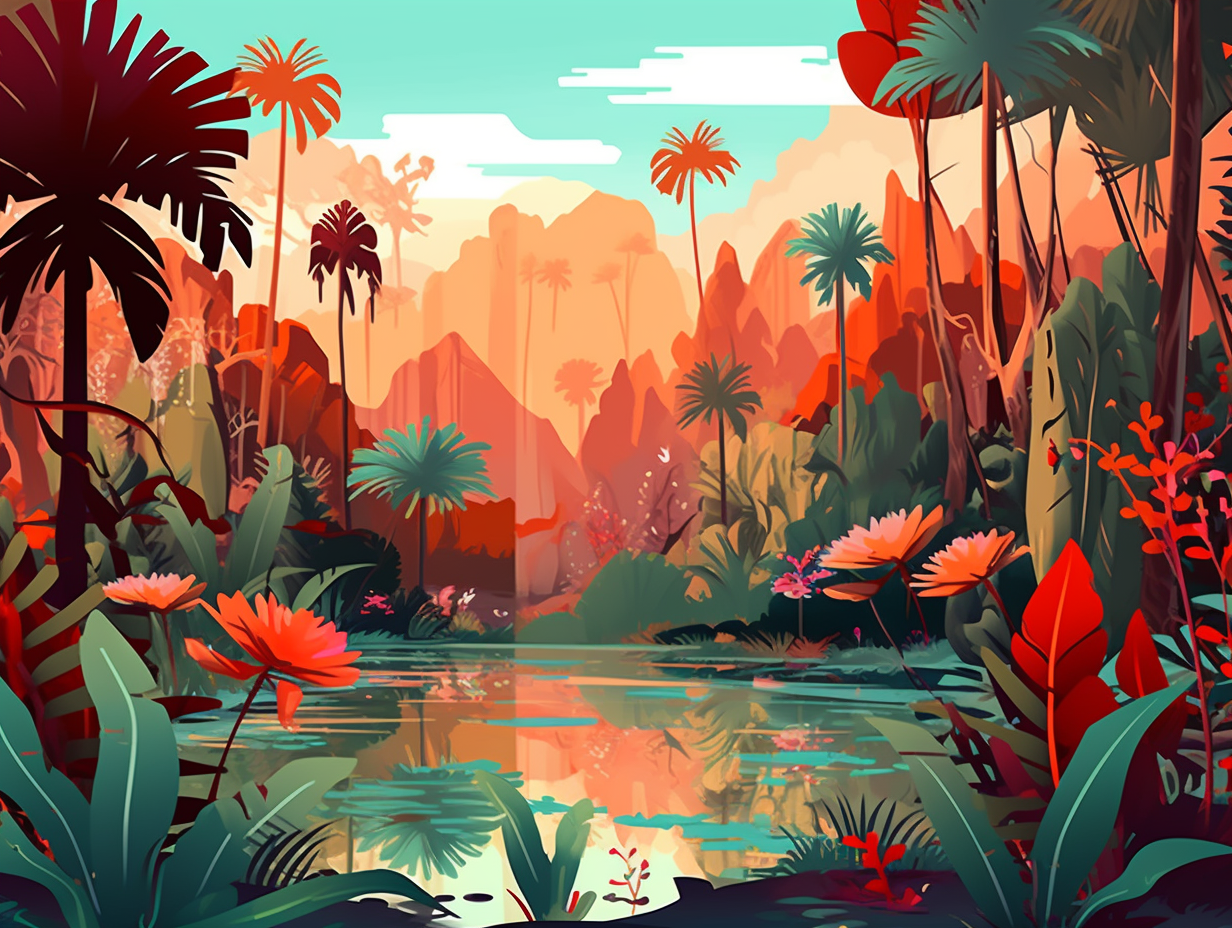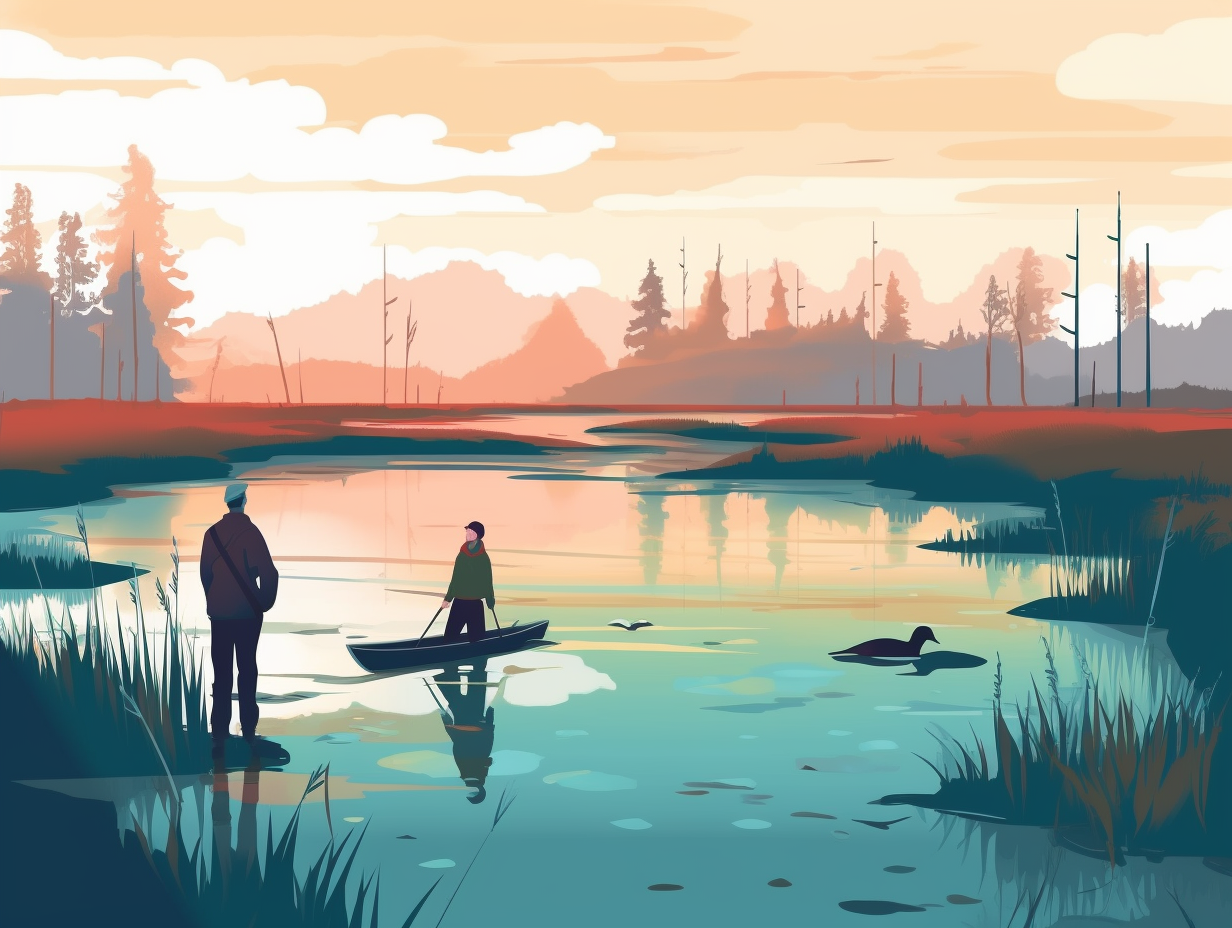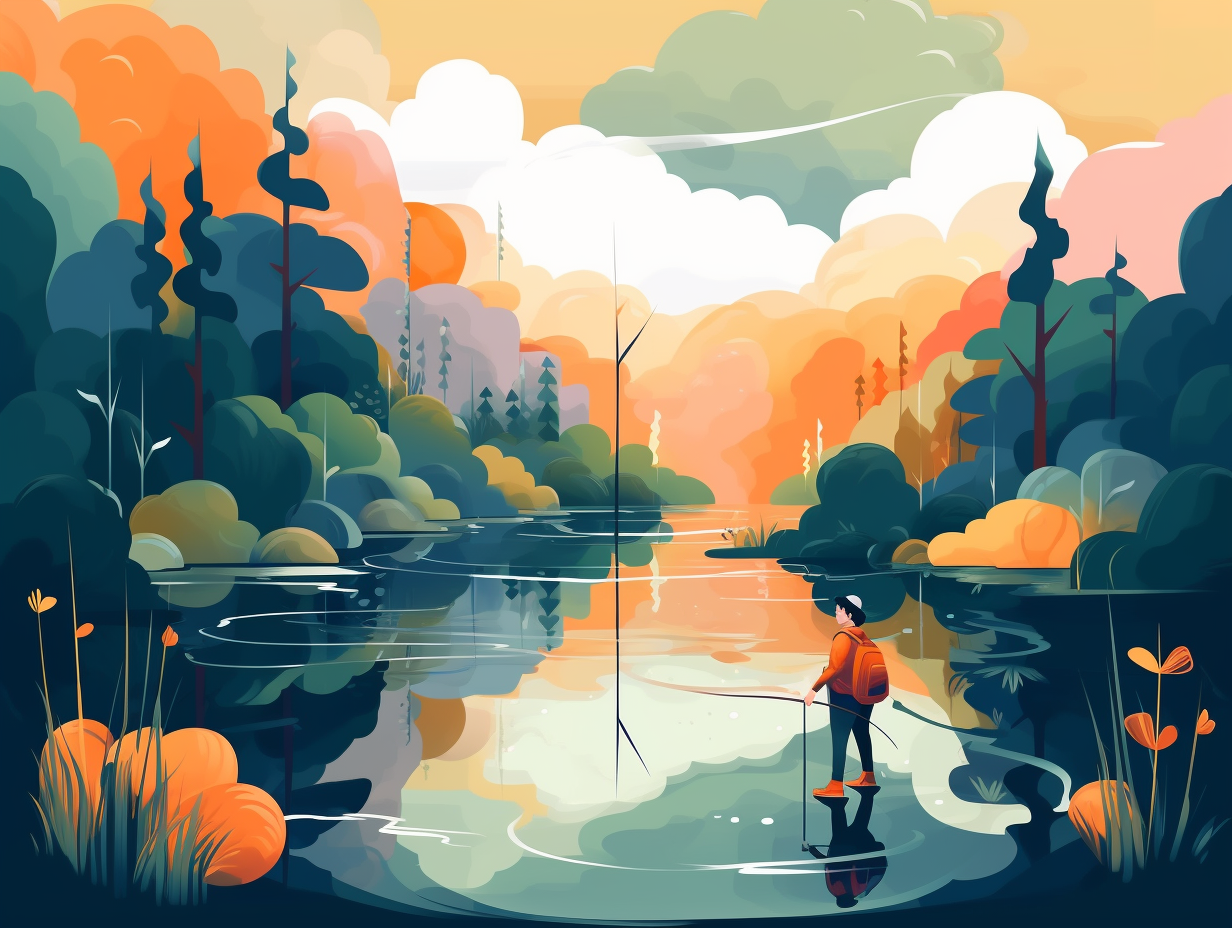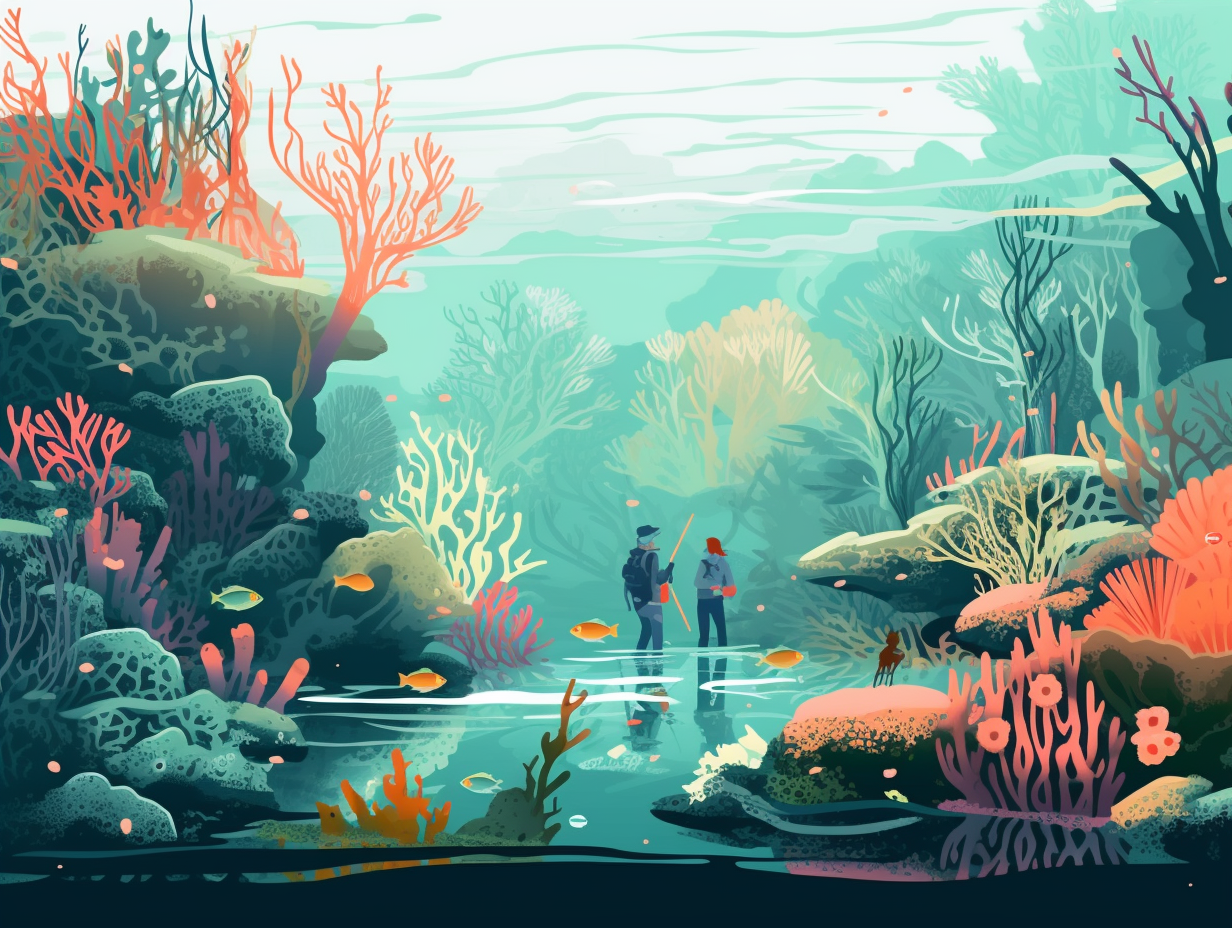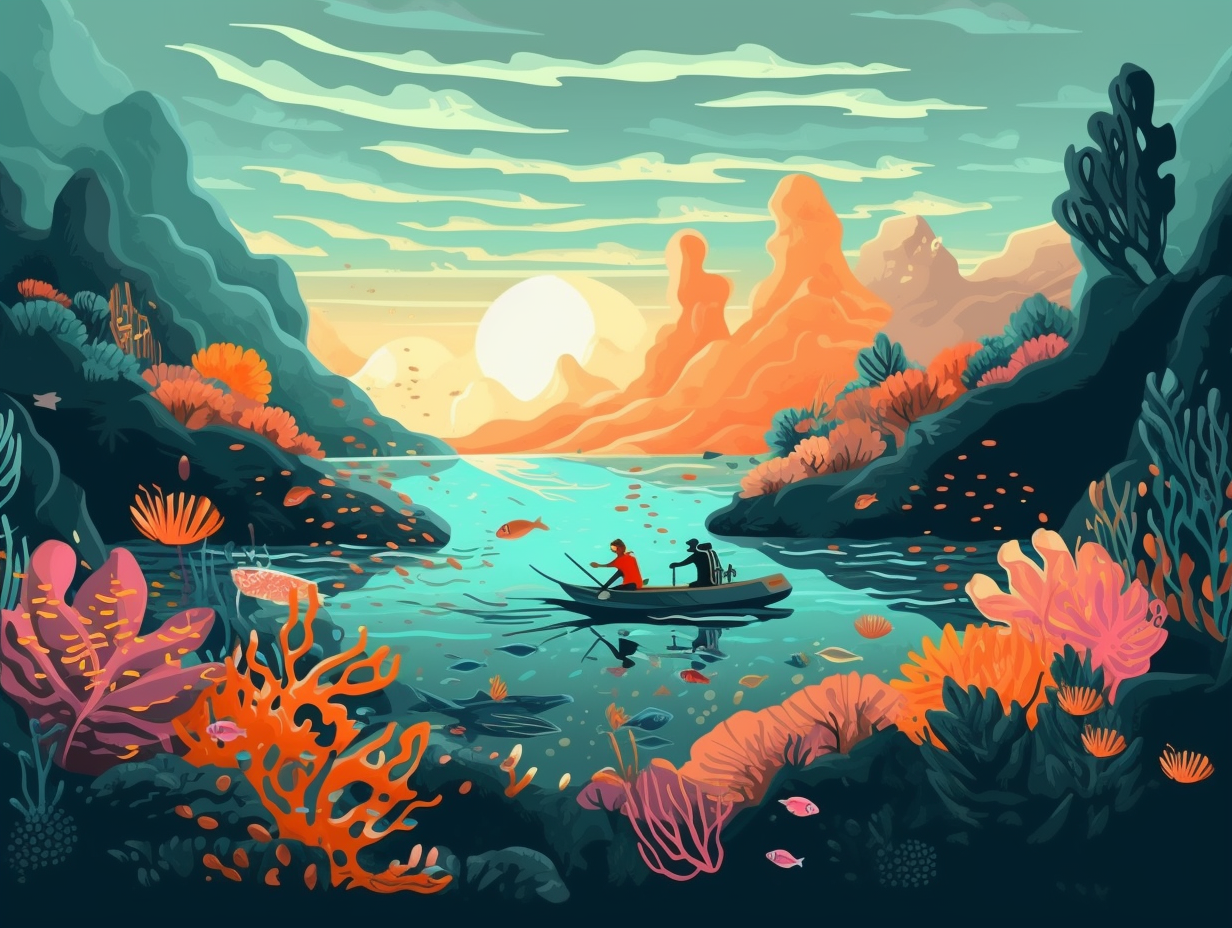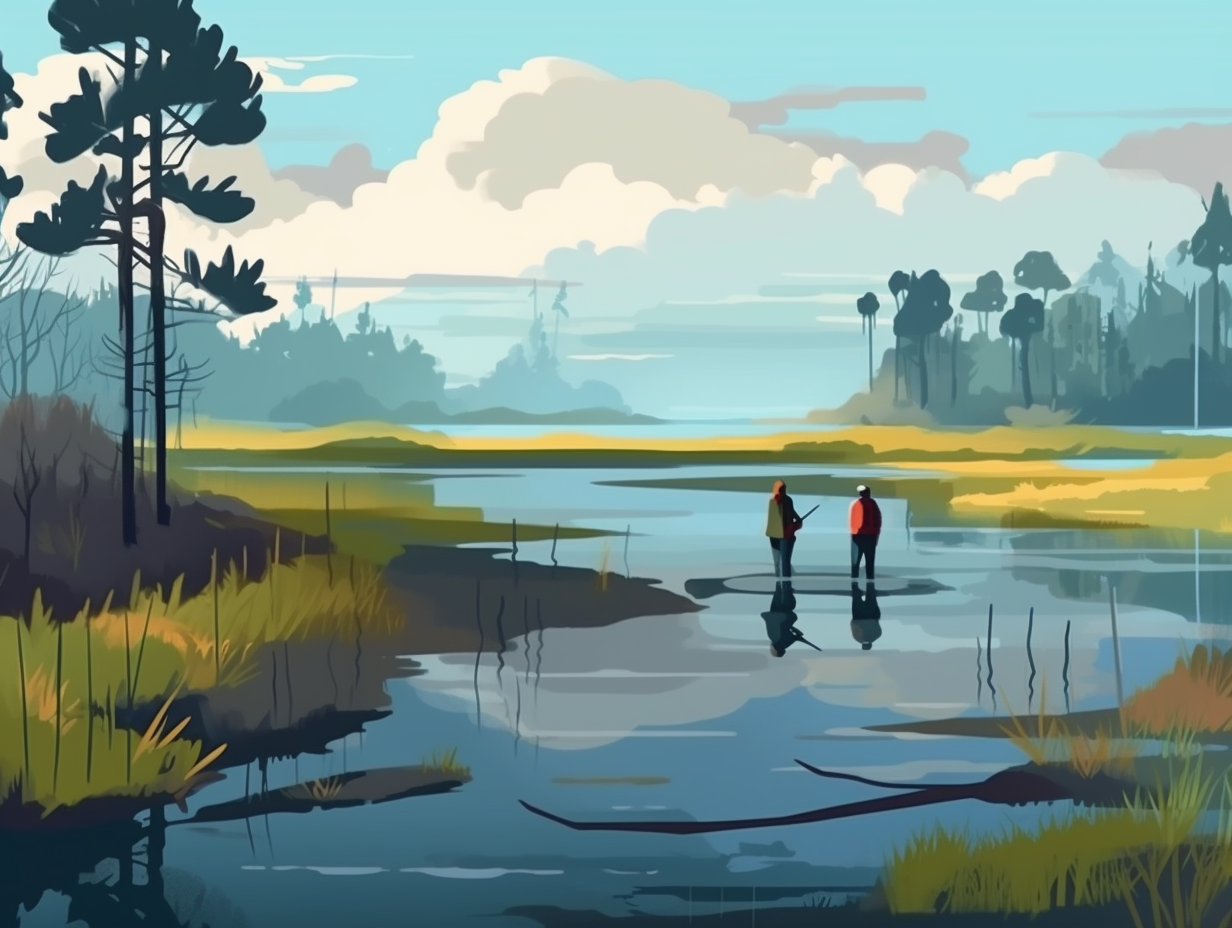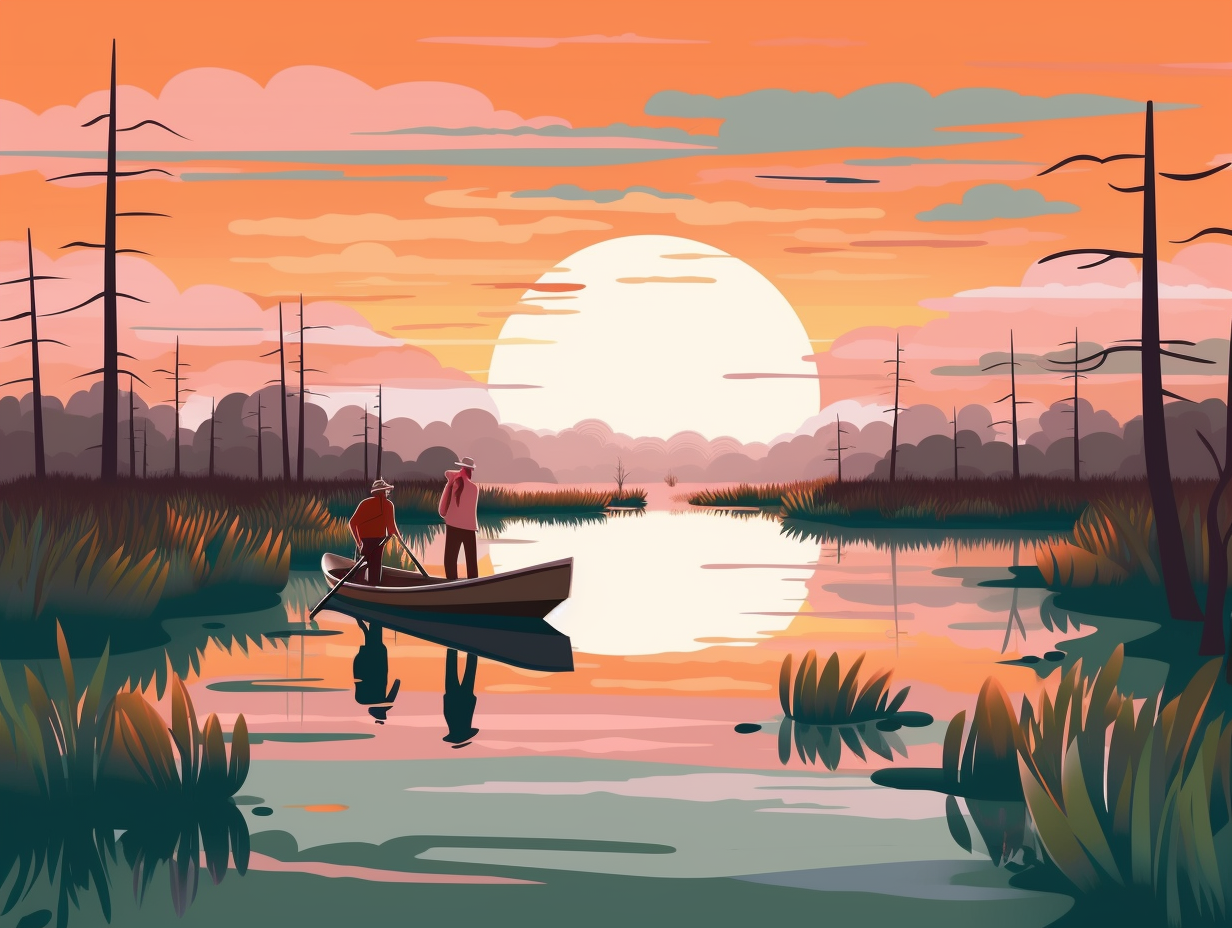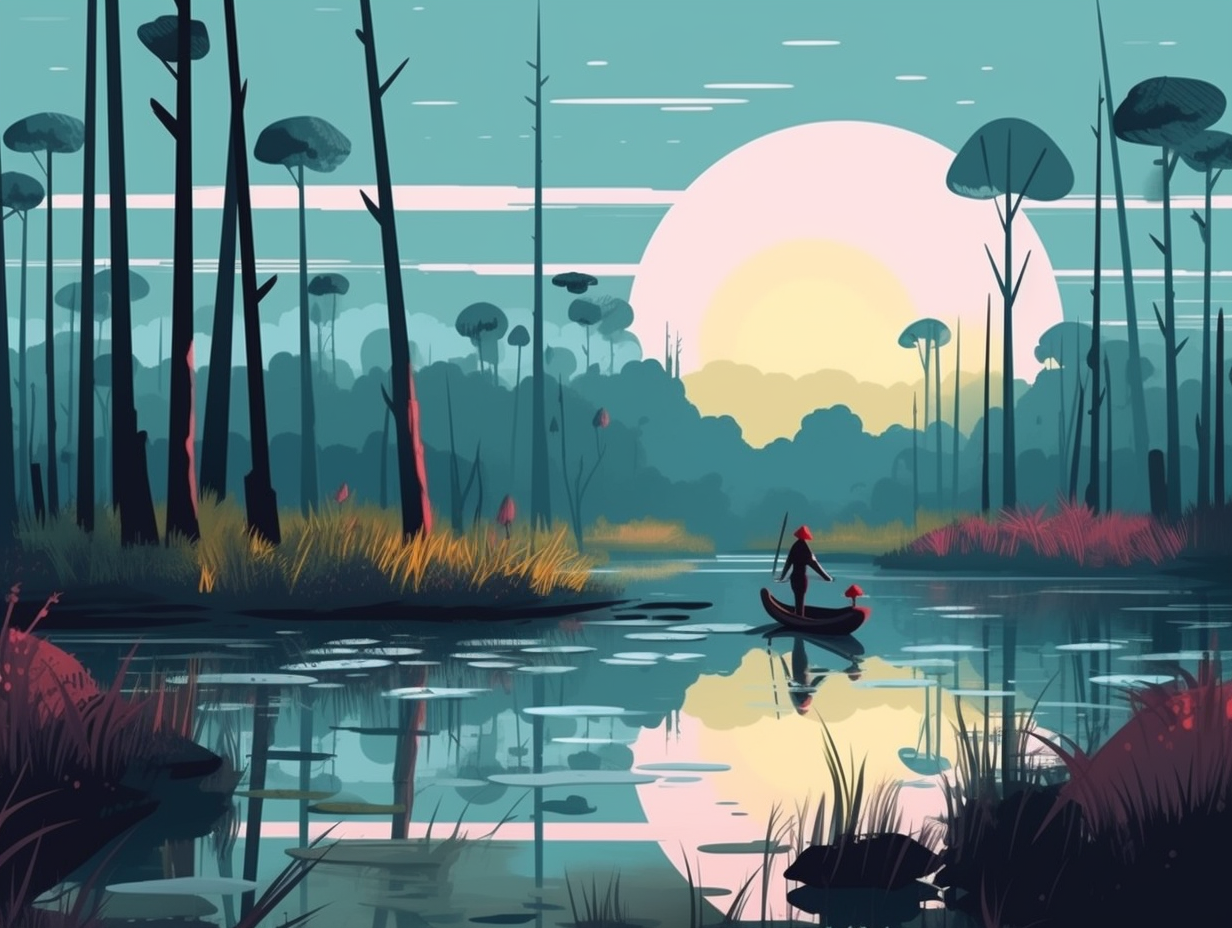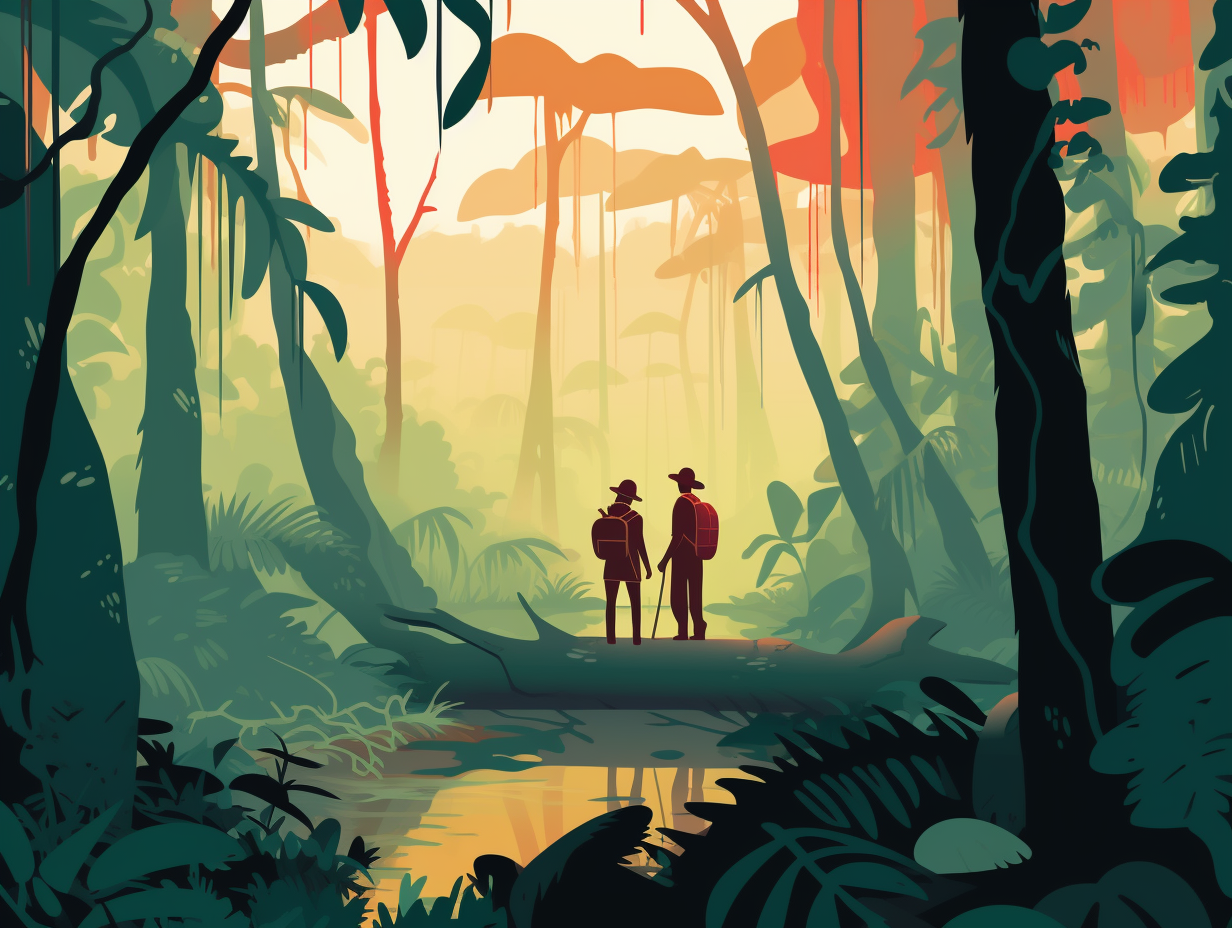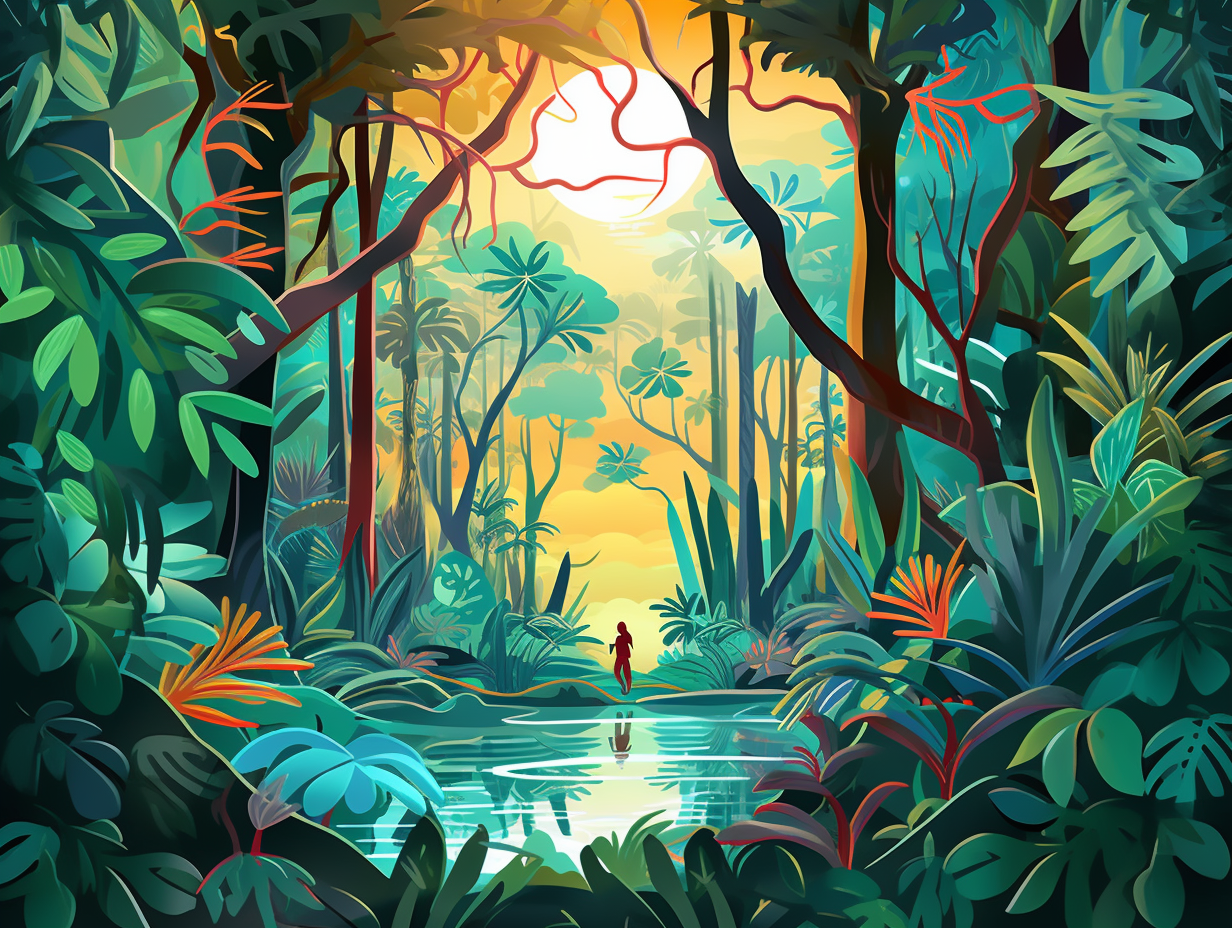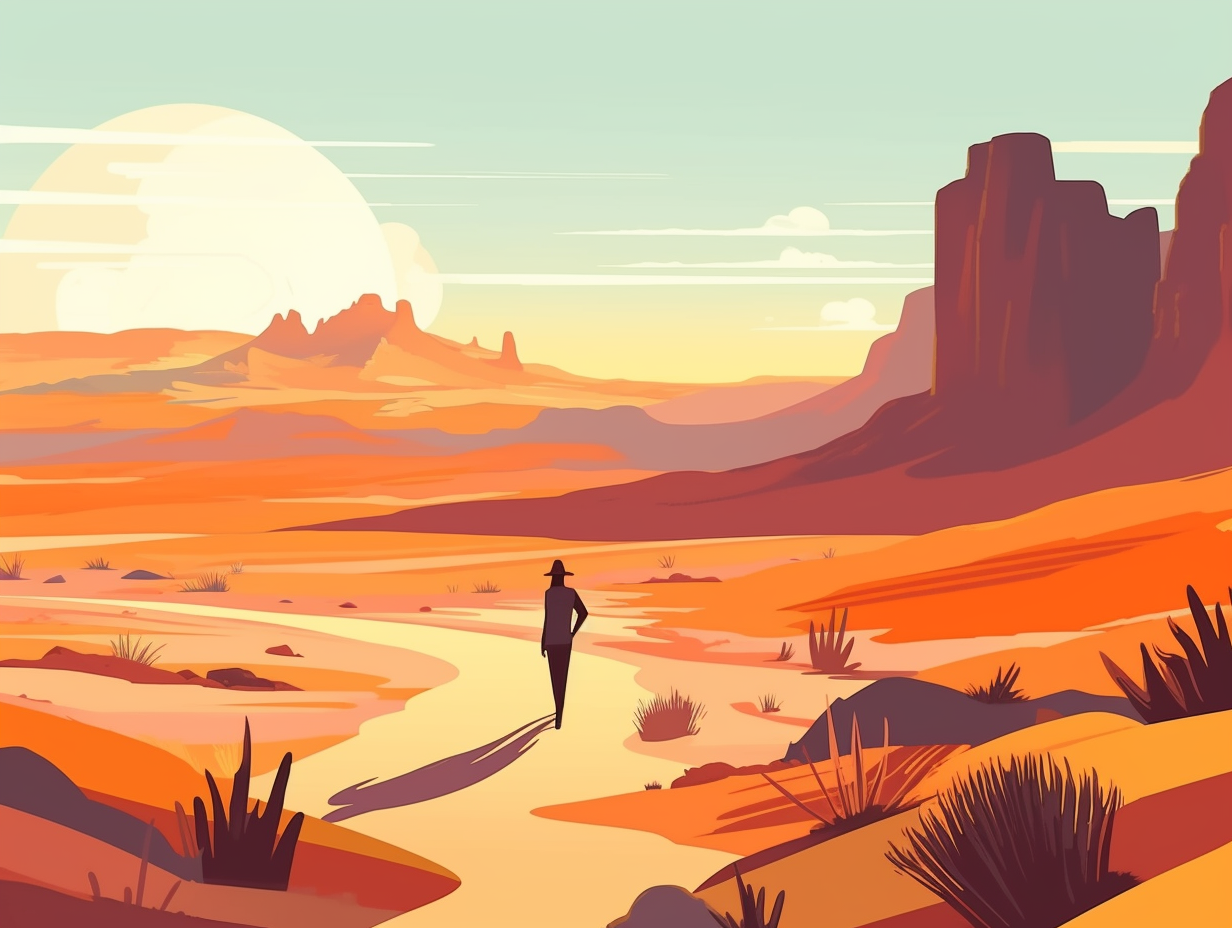Discover the Wild Side: Top 22 Fascinating and Unusual Facts About the Savanna You Didn't Know

1. Baby Boom on the Serengeti
Imagine a baby boom of epic proportions, with the stork working overtime to make deliveries in the Serengeti's maternity ward: Approximately 400,000 wildebeest calves are born within a mere two to three weeks during the Great Migration, equating to almost 8,000 newborns daily, and turning the plains into an all-you-can-eat buffet for predators. Witness this circle of life in action at Asilia's migration camps in the southern Serengeti!
Source => asiliaafrica.com
2. Giraffes’ Acacia Buffet
Who says leafing through the thickets isn't a tall order? Giraffes have got this down pat, thorns and all: With their prehensile tongues, they expertly wind their way around the savanna's treacherous acacia trees, munching on up to 29 kilograms of leaves and twigs daily, despite the trees' sharp defenses and digestive curveballs.
Source => africansafaris.com
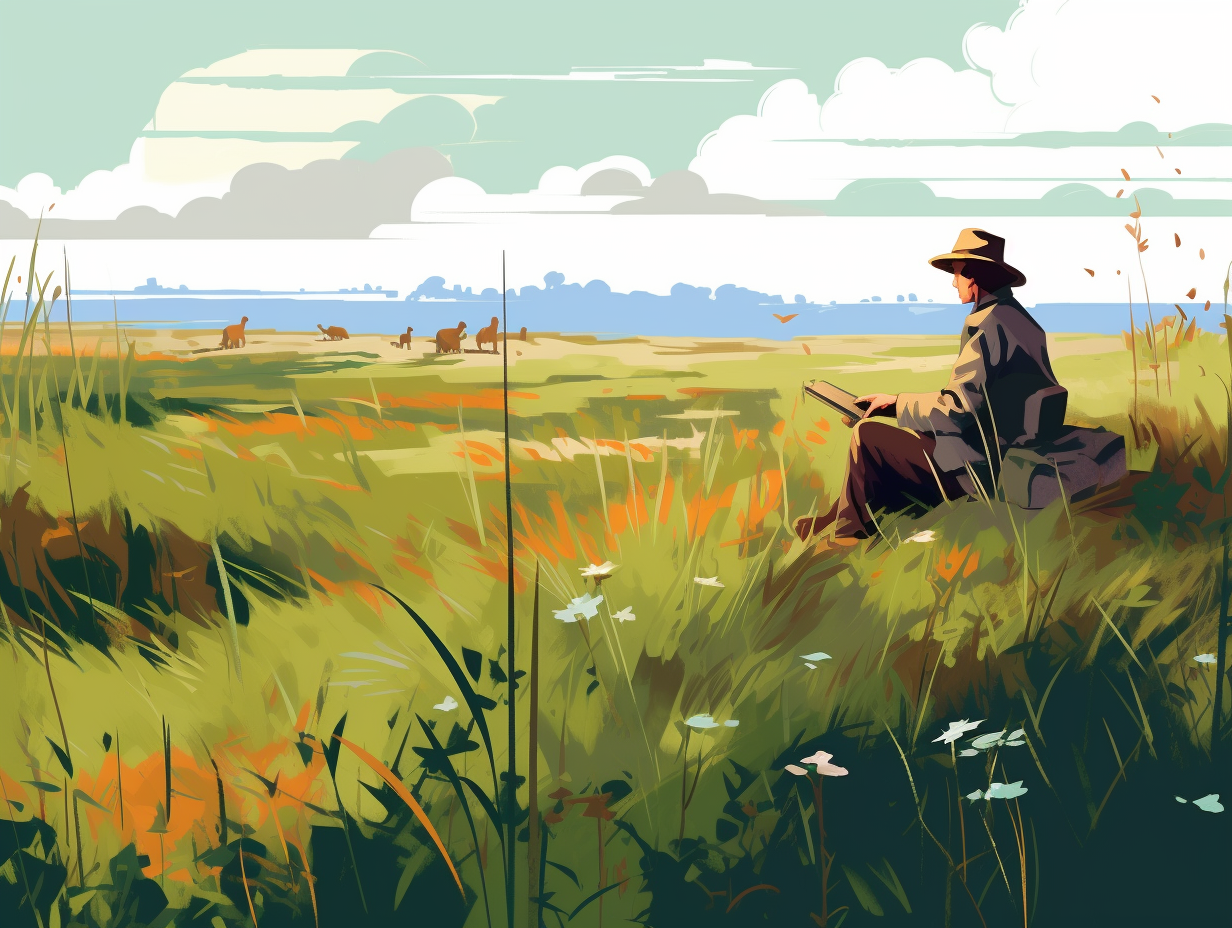
Did you know that Bison are actually superheroes for grassland birds and plants? Their munching and trotting actions help prairie grasslands flourish! Discover their secret powers in our fun facts section.
=> Fun Facts about Grasslands
3. Termite Mound Mansions
Feeling termitely claustrophobic in your own home? You've got nothin' on these critters: Termite mounds in the savanna can span a whopping 30 meters in diameter, with the termites themselves expertly regulating temperature, humidity, and gas distribution in their remarkably efficient high-rise homes.
Source => en.wikipedia.org
4. Upside-Down Baobab Trees
Imagine Mother Nature in a silly mood, deciding to plant trees upside-down: Well, that's pretty much what the African baobab looks like! Storing water within its massive trunk like a bank hoarding riches, this tree giant serves as an all-you-can-eat buffet and one-stop shop for the savanna's residents: Its velvety seedpods pack a punch of vitamins, while its roots, leaves, and bark prove essential for sustenance, medicinal purposes, and even rope-making. But beware, the baobab's days of catering to the savanna are on shaky ground, as climate change and habitat destruction threaten its quirky existence.
Source => lithub.com
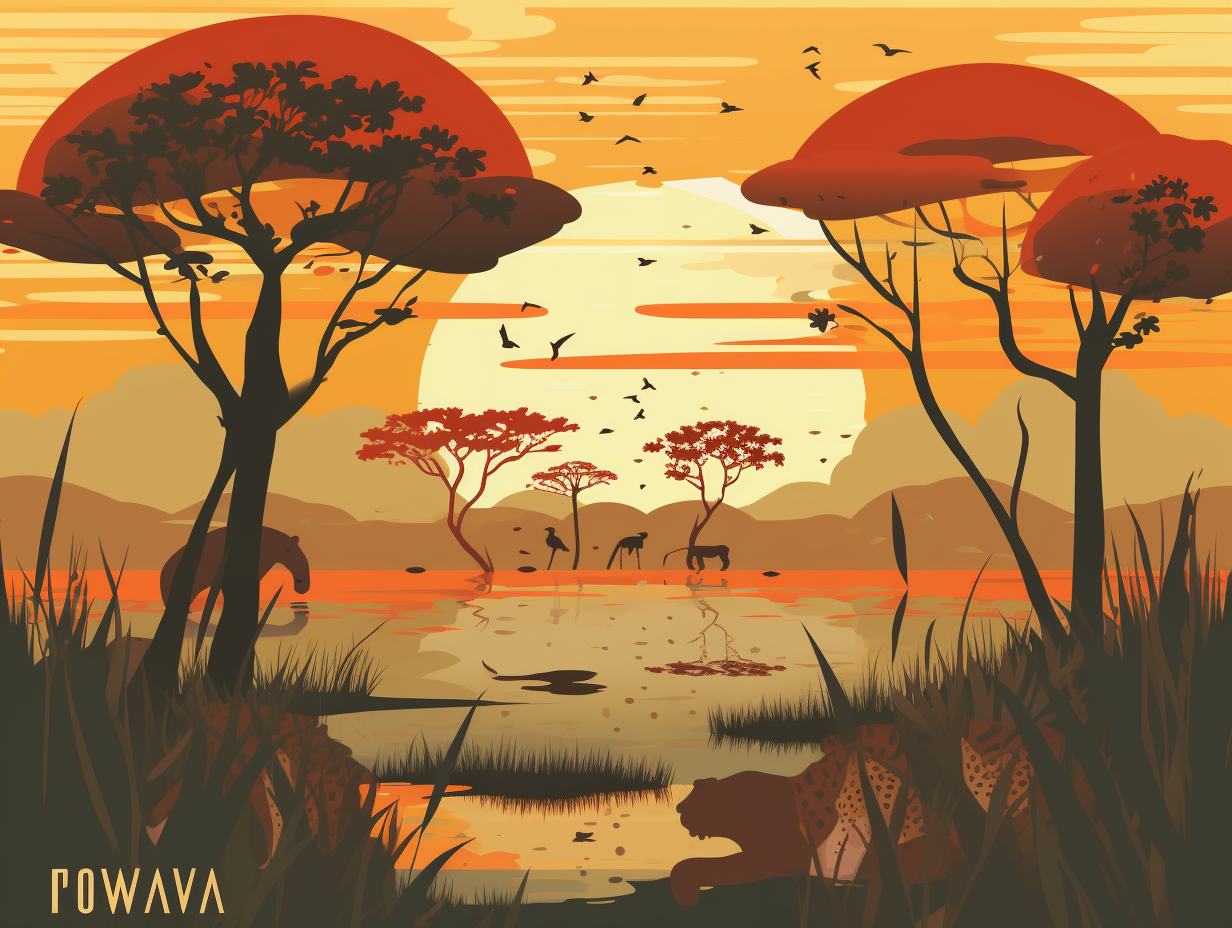
5. Hogle Zoo's Meerkat Manor
In a classic case of "Hakuna Meerkata", a Utah zoo banded together to honor a local businessman's love for these little critters in a rather majestic manner: The Hogle Zoo established the James E. Hogle Jr. Meerkat Manor, home to a meerkat trio – mother Cali, daughter Kendy, and father Finch – with aspirations to expand the furry family as part of a species survival program, and even introduced two warthogs, who eagerly await names submitted by generous zoo visitors.
Source => deseret.com
6. Elephant's Vegetarian Feast
Here's a titbit that would make a woolly mammoth green with envy: the African elephant, the largest land animal on Earth, is a vegetarian that devours up to 160kg of savanna delicacies daily – from grasses and bushes to fruits and tree bark!
Source => safarisafricana.com
7. Cheetah Speeding Tickets
Does a cheetah qualify for a speeding ticket? Let's find out: These magnificent sprinters can reach a whopping 75 mph, but only manage to hold on to their need-for-speed for about 0.28 miles before heaving to a halt for a much-deserved breather.
Source => thoughtco.com
8. Elephant Spa & Protection
Ladies and gentlemen, presenting the Elephant Spa & Protection Plan: Mud baths serve as crucial skin treatments for African elephants, cooling them down and guarding against pesky insects. Sadly, forest elephants face a higher threat from poachers, seeking their harder ivory for carving purposes. Cue the heroic WWF in forming a partnership with Congo's government to protect the 1,100-strong forest elephant community in Ntokou Pikounda National Park from illegal hunting and political strife.
Source => treehugger.com
9. Serengeti's Wild Parade
Where the wild things roam: the Serengeti Plains, a larger-than-life safari turf for majestic beasts like Simba's Pride and Madagascar's Zany Zoo Crew! This African wonderland is home to a record-setting concentration of some of the earth's most awe-inspiring large mammals: a whopping 30,000 square kilometers (11,583 square miles) covered in lions, hyenas, zebras, giraffes, and even their tusky neighbor, Dumbo. But the true stars of the show are the relentless wildebeests; their jaw-dropping life in the fast lane results in a continuous migration that spans over a million ground-pounding hooves ushering in tasty, fresh grass and breathing new life into the Serengeti's fertile soil.
Source => nationalgeographic.org
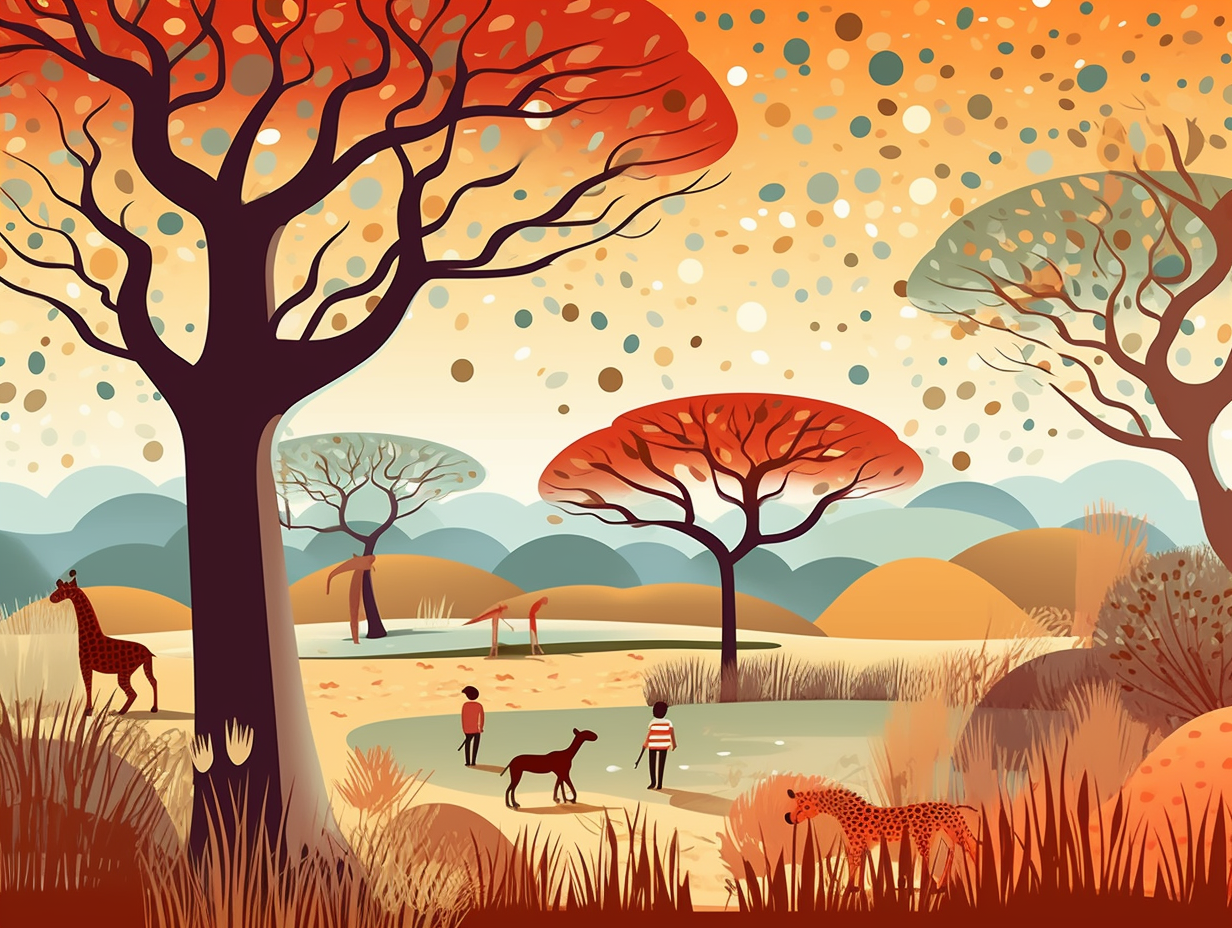
10. Savanna's Buffet for Grazers
Where the wild things roam and the giraffe's neck gives the term "high and mighty" a whole new meaning: the savanna is a vast, grassland paradise that hosts a variety of quirky creatures like zebras in their striped PJs, gazelles gracefully prancing about, and ostriches with legs built for a marathon. With sparse vegetation and open spaces, it's the ultimate buffet for these grazing animals to munch on.
Source => pond5.com
11. Drongo's Wildfire Barbecue
When life gives you wildfires, make a barbecue: the Fork-tailed Drongo, a savvy bird of the savanna, doesn't beat around the burning bush – it flies straight into the face of wildfires to snack on fleeing or flame-grilled insects as its personal dinner buffet.
Source => kids.nceas.ucsb.edu
12. Giraffe Horn Fashion
Do you ever wish you were born with a fancy hat? Well, giraffes are way ahead of the game: These long-necked lovelies sport horns from the moment they enter the world! These fashionable appendages, called ossicones, are made of hardened cartilage and eventually fuse with their skull as they age. Of course, in the world of giraffes, size matters - so, while both males and females can claim this cranial couture, the boys typically have thicker, bald-topped ossicones, giving them the upper hand in their headbutting battles for love. And although they're not the only ones in the ossicone club (shout-out to the okapi!), giraffes do hold the title for the tallest land animal, stretching a lofty 18 feet into the sky.
Source => a-z-animals.com
13. Meerkat Gangs
When you hear "gangs of the savanna," you might think of a Sharks vs. Jets-style dance-off, but these ferocious creatures communicate through aerobatics, backscratching, and pipsqueak vigilance: Meerkats live in matriarchal societies where females are larger than males and form mobs of up to 40 individuals who protect the young, groom each other, hunt, and play together, making them the ultimate social savanna squad.
Source => pbs.org
14. Eland Antelope Leap
Get ready to jump for joy, because this antelope might just give you a run for your money: Eland antelopes are not only the world's largest antelope species, but they also have an endless trotting stamina and can effortlessly leap over a 1.5-meter fence from a standstill, while both sexes sport fabulous spirally horns.
Source => awf.org
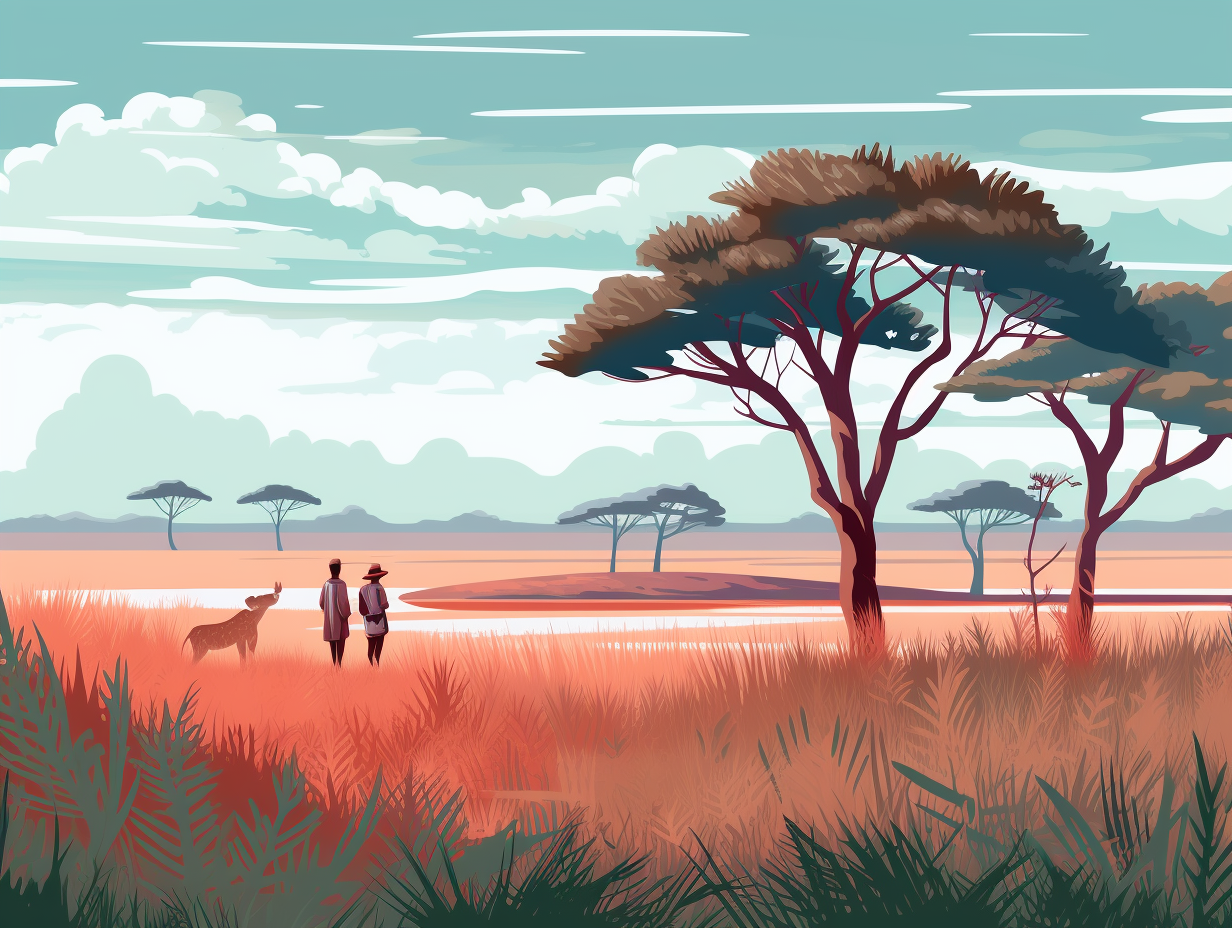
15. Burrowing Owl Real Estate
Who needs a fancy-schmancy real estate agent to snag a prime address when you're a savvy Burrowing Owl with an eye for a great fixer-upper? These feathered interior designers capitalize on pre-existing underground burrows: They take up residence in abandoned prairie dog and ground squirrel homes or dig up their own cozy nooks in shallow underground structures, making the suburbs of the savanna their very own "hoo"meland.
Source => worldatlas.com
16. Rhino's 'Poo-stine' Social Media
Move over, Facebook and Twitter, because rhinos have their own 'poo-stine' social media platform: White rhinoceroses gather around communal dung piles, known as middens, up to 65 feet across, to communicate information about their age, sex, general health, and reproductive status through chemical clues left behind in their feces!
Source => nationalgeographicexpeditions.eu
17. Naked Mole-Rat Hydration
Who needs water coolers when you're a naked mole-rat? These subterranean chatterboxes have ditched the drinking fountain for a more convenient, one-stop-shop method of hydration: they get all the water they need by devouring succulent tubers found in arid areas, along with a little help from their high-density gut fauna and an unsavory habit of coprophagy. Lifehack: saved time can now be spent on gossiping.
Source => nationalzoo.si.edu
18. Savanna's Nocturnal Party
When the sun goes down, the savanna turns into an after-hours party of the wild variety, featuring special guests like the long-eared DJ Fennec Fox, cover band Honey "Not-So-Sweet" Badger, and the mysterious Civet with his crowd-pleasing hit "Nature's Coffee Beans": Boasting an impressive list of night owls – bushbabies, aardvarks, aardwolves, pangolins, genets, springhares, bat-eared foxes, civets, honey badgers, bushpigs, and fennec foxes – the savanna thrives on the nocturnal rhythms of these unique animals, well adapted to their moonlit lifestyle.
Source => tripsavvy.com
19. Vervet Monkey Trivia Whiz
If a monkey were to join a trivia team, it'd make everyone go bananas with its brilliance: Vervet monkeys showcase remarkable adaptability and intelligence by using tools to solve problems, possessing an excellent memory, recognizing individual faces and voices, and effectively communicating within their troops.
Source => smorescience.com
20. Pythons' Aquatic Escapades
Who needs scuba gear when you've got serpentine style? African rock pythons can give Aquaman a run for his money, with their underwater escapades: These slithery swimmers can stay submerged for extended periods, gracefully hunting aquatic prey and outsmarting land-based threats with a splash.
Source => animalia.bio
21. Eco-Balance of Grazing Mammals
When the cat's away, mice come out to play...and bring along some venomous friends: Removing large grazing mammals from African savannas leads to a doubled pouched mouse population, resulting in more venomous snakes, devastated tree seedlings, and double the flea and tick populations - a harsh reminder that size definitely matters in the world of eco-balance!
Source => caes.ucdavis.edu
22. Elephant Seed-Spreaders
Have you ever been "seedy" after a night out? Turns out elephants are quite the seed-spreading party animals themselves: Once their wanderlust leads them to devour plants, these pachyderm patrons then disperse the seeds in their dung, generating new plant life and maintaining the savanna's lush ecosystem.
Source => awf.org
Related Fun Facts

